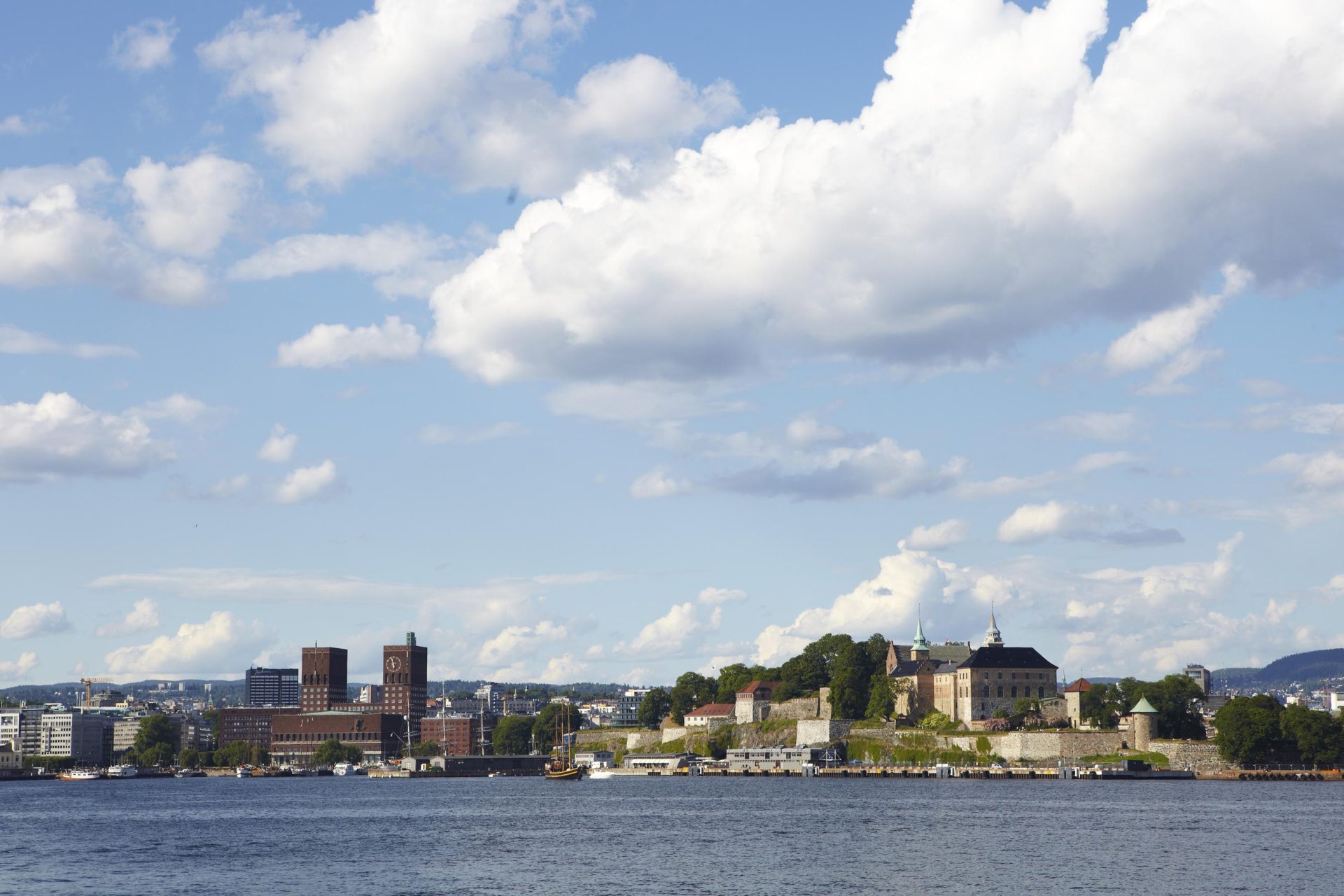Sustainable freedom of movement is about facilitating a good life, social justice, and sound urban and regional development within the planet’s ecological limits.
Together, the ownership strategies of Oslo Municipality and Akershus County Municipality, Ruter’s articles of association, sustainability strategy, and Vision for Sustainable Freedom of Movement form the foundation of the company’s sustainability efforts.
The annual delivery agreements between the owners and Ruter are based on the company’s governance documents and detail the owners’ expectations for the year the agreement applies. The owner’s message and annual report present results for a larger set of indicators. Results on the most important sustainability indicators are reported monthly to the board and owners.
Ruter’s sustainability strategy was launched in 2018. In 2019, Ruter established a goal management hierarchy that encompassed both Ruter’s sustainability goals and business goals. It was put into use from January 2020. In 2020, Ruter’s long-term strategy, Vision for Sustainable Freedom of Movement, was adopted.








